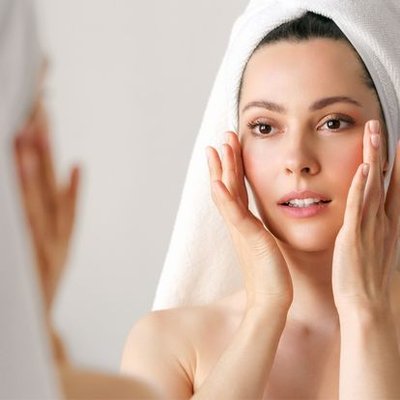
Topical retinoids are available in many over the counter skin care products as well as prescription strength medications. They work to treat a variety of skin care problems ranging from fine lines and wrinkles to acne breakouts and psoriasis. Common side effects of using topical retinoids include: dryness, scaling, peeling, irritation, redness, burning, stinging, itching, and sun sensitivity.
Below are some general tips on how to use a topical retinoid, but individual needs may vary. Follow your doctor’s guidance for how you should use a topical retinoid.
- Topical retinoids are typically applied at bedtime and not in the morning.
- Before applying a topical retinoid, wash with a mild soap or cleanser and pat dry. To minimize irritation, wait until the skin is completely dry (15-20 minutes) before applying a topical retinoid.
- Apply a very thin coat of the topical retinoid to the treatment area. Typically, a dermatologist recommends applying a pea sized amount for the entire face. Do not apply to the eyelid skin.
- As the medication can be irritating and drying, apply every 2nd or 3rd night to start, increasing to nightly application only as tolerated.
- To help minimize dryness and irritation, apply a moisturizer on top of the topical retinoid.
- As the medication causes sun sensitivity, diligent sun protection and sunscreen use is recommended. Use a broad spectrum sunscreen daily, SPF 30 or higher.
- If redness and/or irritation occurs, discontinue use of the topical retinoid but continue moisturizing until the skin returns to normal. Once the redness and irritation has completely resolved, re-start the topical retinoid- applying every 2nd or 3rd night and gradually working up to nightly application only as tolerated.
- Generally, topical retinoid use should be discontinued for a period of time before waxing or other cosmetic treatments such as chemical peels, microdermabrasion, or laser therapy. Discuss with your doctor or skin care specialist before pursuing any cosmetic treatments.
- Do not use topical retinoids if you are pregnant or actively trying to conceive.











